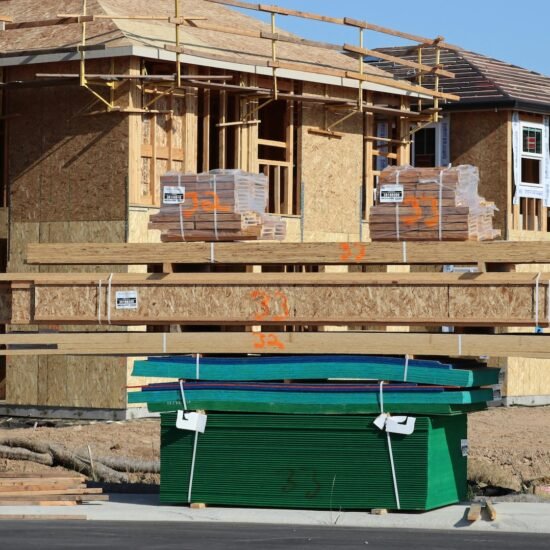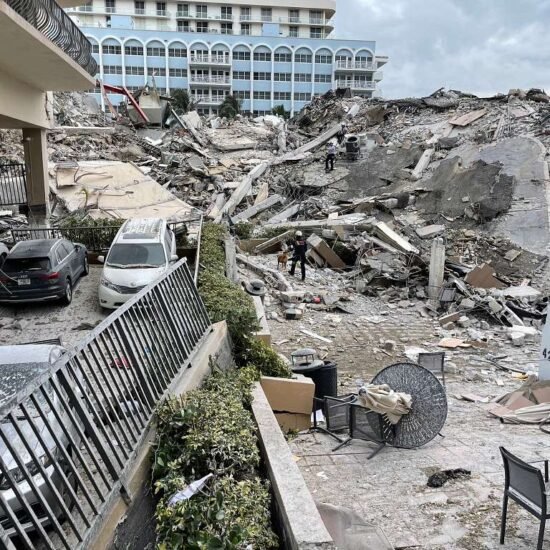
HOA Detective™ | August 5, 2025: In March 2025, the Willamette Week published a devastating post-mortem on one of Portland’s most ambitious luxury developments: the Ritz-Carlton Hotel and Residences. Meant to symbolize the city’s emergence as a global destination, the project instead became a cautionary tale of planning hubris, economic delusion, and a city deeply out of touch with its residents.
For those familiar with Portland’s urban trajectory over the past three decades, however, the Ritz’s unraveling was less of a surprise than a slow-motion inevitability. https://www.wweek.com/news/2025/03/12/how-walt-bowens-big-bet-on-a-ritz-carlton-hotel-and-condos-crapped-out/
Short-Sighted Planning: At the heart of this failure is a city planning regime that has prioritized upper-income fantasies over real-world needs. Portland’s version of the municipal Planning Industrial Complex (PIC) has long been dominated by progressive-sounding, but developer-friendly bureaucrats, who have spent the past three decades funneling time, money, and public policy toward high-end urban renewal projects. These schemes may glitter on paper, but ignore a glaring reality, which is that 2 in 3 of Portland’s working-class residents can’t afford to buy a home anywhere in the city! Let alone a $1 million-plus condo in a downtown tower.
To be fair, the efforts of Portland’s PIC have delivered to the residents the following projects over the last ~ 20 years:
- OHSU Tram.
- Tilikum Crossing.
- Expanded light-rail service in and out of the downtown core.
- Civic Stadium expansion.
- Sellwood Bridge replacement.
- Southwater Front ongoing development.
Meanwhile, where is the affordable downtown housing? Where are the schools? And what the hell happened with the Pearl District, Pioneer Square, and O’Bryant Square?
Catering to Affluence: Instead of expanding access to dense, affordable housing in close-in neighborhoods, city leaders have greenlit a cascade of luxury condo projects aimed at a wealthy sliver of buyers, many of them from out of state, and or second-home owners. Projects, like the Ritz, are often marketed more as speculative assets than primary homes. The assumption has been that if Portland could just attract enough wealth, the benefits would trickle down.
Trickle-Down Doesn’t Work: The failed Reagan-era policy known as “trickle-down economics” was disproven by the time Bill Clinton was elected. Meanwhile, the Portland PIC continues to insist that the economic interest of the wealthy will serve as a rising tide to lift the sinking ship known as downtown Portland.
MESSAGE TO DEVELOPERS: The wealthy no longer see downtown Portland housing as an investment value – and that includes Walt Bown’s Ritz-Carlton development.
Demographic Monoculture: What Portland now has is a downtown urban core with a brutally narrow demographic. There are essentially three types of residents downtown:
- Those wealthy enough to afford condos that historically sold for well above the median home price in the city;
- Those living in subsidized housing units;
- The growing population of Portlanders living on the streets.
The working and middle classes – young professionals, families, essential workers, students, and staff at nearby PSU – are priced out of the market or uninterested in living in a city center that offers little for them.
The result is a demographic monoculture: mostly white, mostly older, mostly wealthy. If you can’t afford a million-dollar condominium, season tickets to the opera, and $200 steak dinners, downtown Portland, Oregon, is probably not a place that will appeal to you.
And if you prefer NOT to navigate a homeless encampment every other block whilst you stroll back to your posh condo after a night on the town, Portland’s inner city is not going to appeal to you.
Lack of Services: Another problem with the City’s PIC’s urban renewal scheme is that basic services for full-time residents are shockingly thin. There are few grocery stores, few grade schools, and a severe lack of clinics or primary care options.
If you’re not spending $200 on a dinner or sipping craft cocktails at a rooftop bar, you’re probably not in downtown, and you certainly aren’t lined up to buy a condo at the Ritz-Carlton! Entertainment venues typically cater to the affluent or the tourist class. Parking is a logistical nightmare, exacerbated by the homeless population, further discouraging visits from the surrounding metro area.
The Problem with the Ritz: The Ritz-Carlton project is simply the most recent and garish manifestation of this distorted vision. Its luxury condominiums were priced well above the high end of an already overpriced housing market. The monthly condo assessments (HOA dues) are significantly higher than those at other high-end downtown buildings.
For those not familiar with the Ritz and its unit matrix, the 35-story building contains 20 levels of nonresidential floor space, and 15 floors of Residential condominiums on floors 21 through 35. The floors are divided into 132 residential condominiums. To begin with, the ratio of non-residential floor space to commercial – largely hotel space – is out of whack with the formula for successful mixed-use developments, that work best when a small percentage of commercial (Com) to residential (Res) floor space exists in the development, verses the 2 to 1 Com to Res ratio at the Ritz.
Meanwhile, the developers would have been far better served to have 2/3rds of the floor space occupied by a larger number of smaller residential condominium units, which would have served to subsidize the commercial operations. Compared to the most successful high-rise condominiums in the city, the number of Res units at the Ritz at 132 is simply not a sustainable unit mix. Unfortunately, Walt Bowen and his financial backers did not consult with the HOA Detective™ before forging ahead with this ill-conceived plan.
In a region still struggling with economic recovery after the pandemic, skyrocketing utility rates, and spiking insurance costs, the Ritz-Carlton project has turned out to be a very hard sell.
Timing Couldn’t Be Worse. As buyers become more discerning and the realities of downtown Portland – boarded storefronts, homeless camps, and a near-total absence of families – become harder to ignore, the appeal of the city’s luxury lifestyle pitch has eroded. What’s left is a half-occupied tower looming over a downtown that many residents describe as dystopian.
One colleague of the Detective, who lives in the heart of the city, put it bluntly:
“Downtown Portland is an open-air mental institution.”
Learning From Walt Bowen’s Mistake: The lesson isn’t that luxury development is inherently flawed. The lesson is that all cities need a mix of housing, a mix of population demographics, and a mix of affordable services. The affluent segment of the population can, and should be a part of this mix, but Portland’s PIC has chased a monoculture of affluence while neglecting the foundational needs of its broader population.
A vibrant downtown requires children. It requires working families. It requires the basic infrastructure of everyday life. Without them, it becomes a ghost city of second homes, hollowed-out retail storefronts, and broken promises.
Post Ritz Apocalypse: As Portland and its planning overlords reckon with the aftermath of the Ritz-Carlton fiasco, it’s time for planners and developers to acknowledge what’s been clear to longtime residents for years: urban vitality isn’t measured in luxury units sold. It’s measured in who gets to call the city home – and whether they can afford to stay.
Because You’re Buying More Than a Home!






